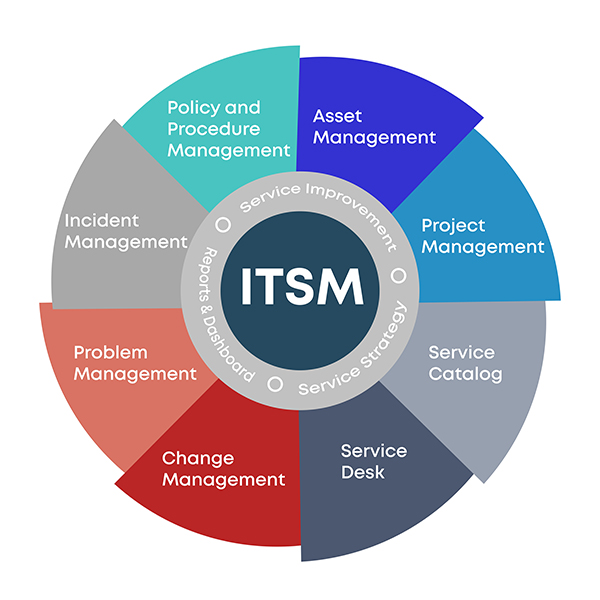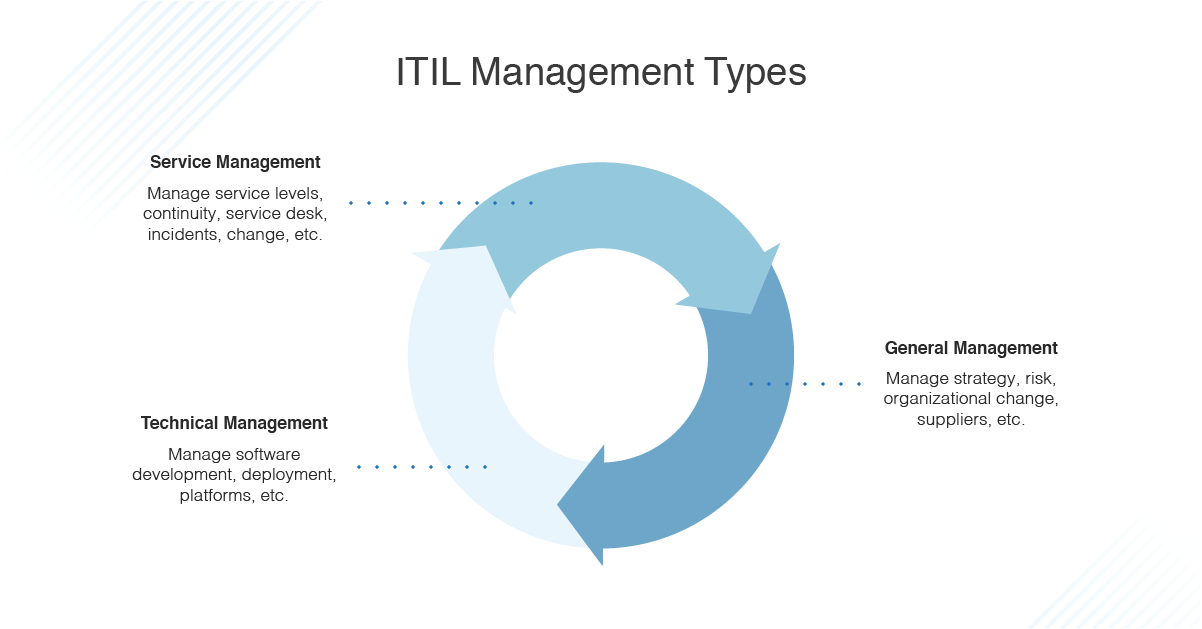So, what is ITIL?
![]()
ITIL (Information Technology Infrastructure Library) is like the rulebook for running a smooth and efficient IT service desk. It’s a set of best practices that helps IT teams manage incidents, problems, and changes in a structured way. Instead of constantly firefighting issues, ITIL provides a framework for preventing problems, improving response times, and ensuring customers get reliable and high-quality service. Think of it as the backbone of an IT service desk, helping teams stay organized, proactive, and focused on delivering value rather than just fixing things as they break.
To date, ITIL remains crucial because businesses rely more than ever on IT services to operate efficiently. With cybersecurity threats increasing, hybrid work becoming the norm, and customer expectations at an all-time high, a structured approach to IT service management is essential. ITIL helps align IT services with business goals, ensures compliance with security and operational standards, and drives continuous improvement—meaning better service, happier customers, and a stronger bottom line. It’s not just about following a process; it’s about making IT a true business enabler.

4 CORE PRINCIPALS of ITIL
Focus on Value
Every IT service and process should directly contribute to business value. This means aligning IT services with business objectives, ensuring that everything from incident resolution to new implementations helps the organization succeed.
Optimize and Automate
ITIL encourages reducing manual work and increasing efficiency through automation. By streamlining workflows, automating repetitive tasks, and leveraging AI-driven tools, IT teams can reduce downtime, improve response times, and focus on strategic improvements.
Ensure Continuous Improvement
ITIL follows a cycle of continuous service improvement (CSI), which means IT teams should always look for ways to enhance processes, eliminate inefficiencies, and learn from past incidents to prevent future problems.
Work Holistically and Collaborate
IT services don’t operate in isolation. ITIL promotes collaboration across teams (security, operations, development, etc.) and emphasizes a holistic approach to service management, ensuring that all departments work together to deliver seamless IT services.

ITIL defines three key management types to ensure efficient IT service delivery: Service Management, General Management, and Technical Management.
Service Management focuses on delivering high-quality IT services, covering areas like Incident Management, Change Control, and Service Request Management to keep operations running smoothly. General Management includes broader business practices such as Risk Management, Continual Improvement, and Knowledge Management, ensuring IT aligns with overall business objectives.
Finally, Technical Management handles the infrastructure and technology side, covering areas like Deployment Management, IT Infrastructure, and Security Management to maintain system reliability and performance. Together, these management types create a structured approach for delivering, optimizing, and securing IT services.













